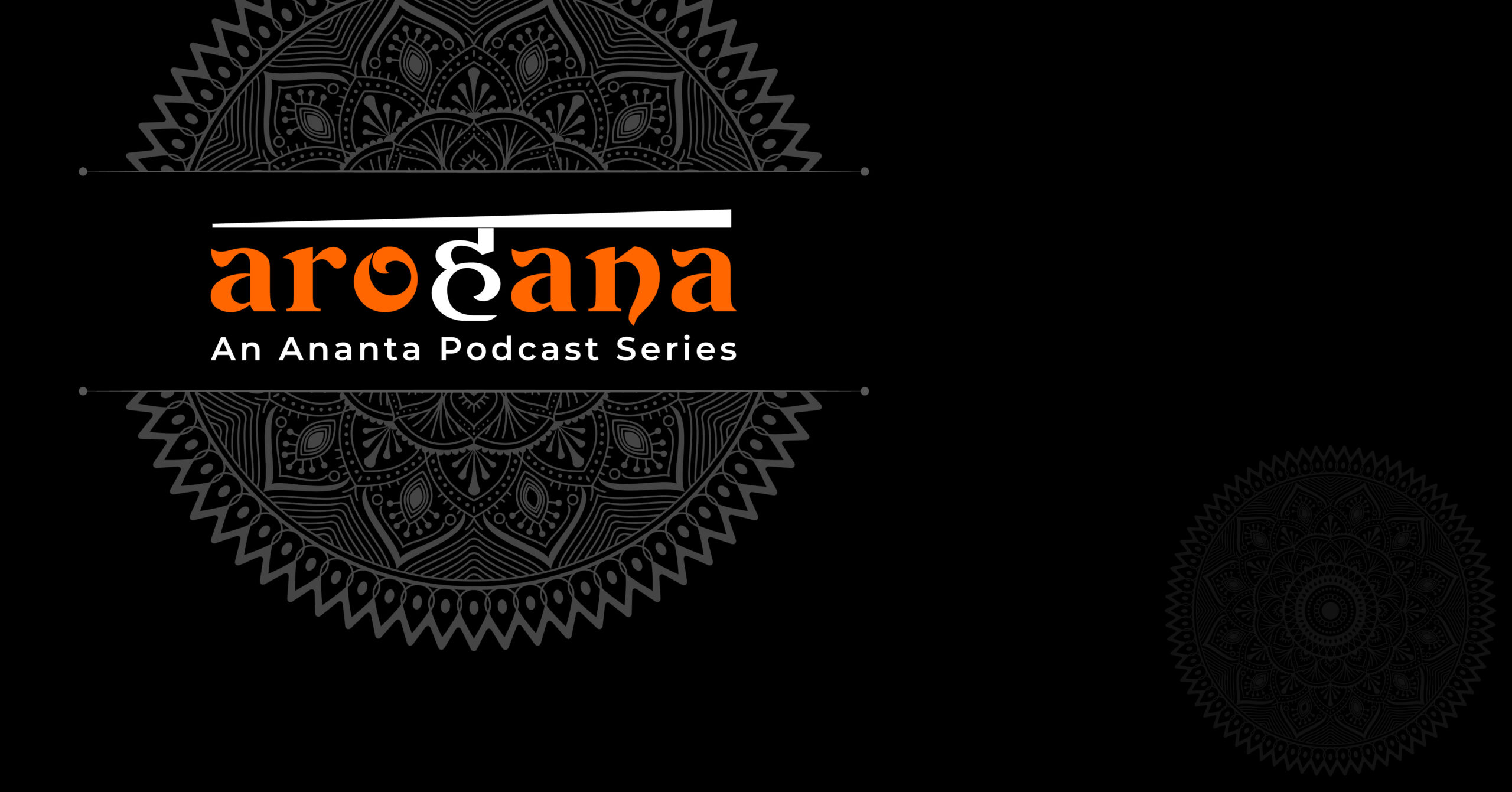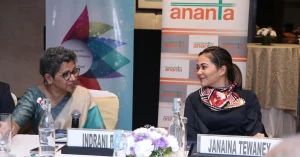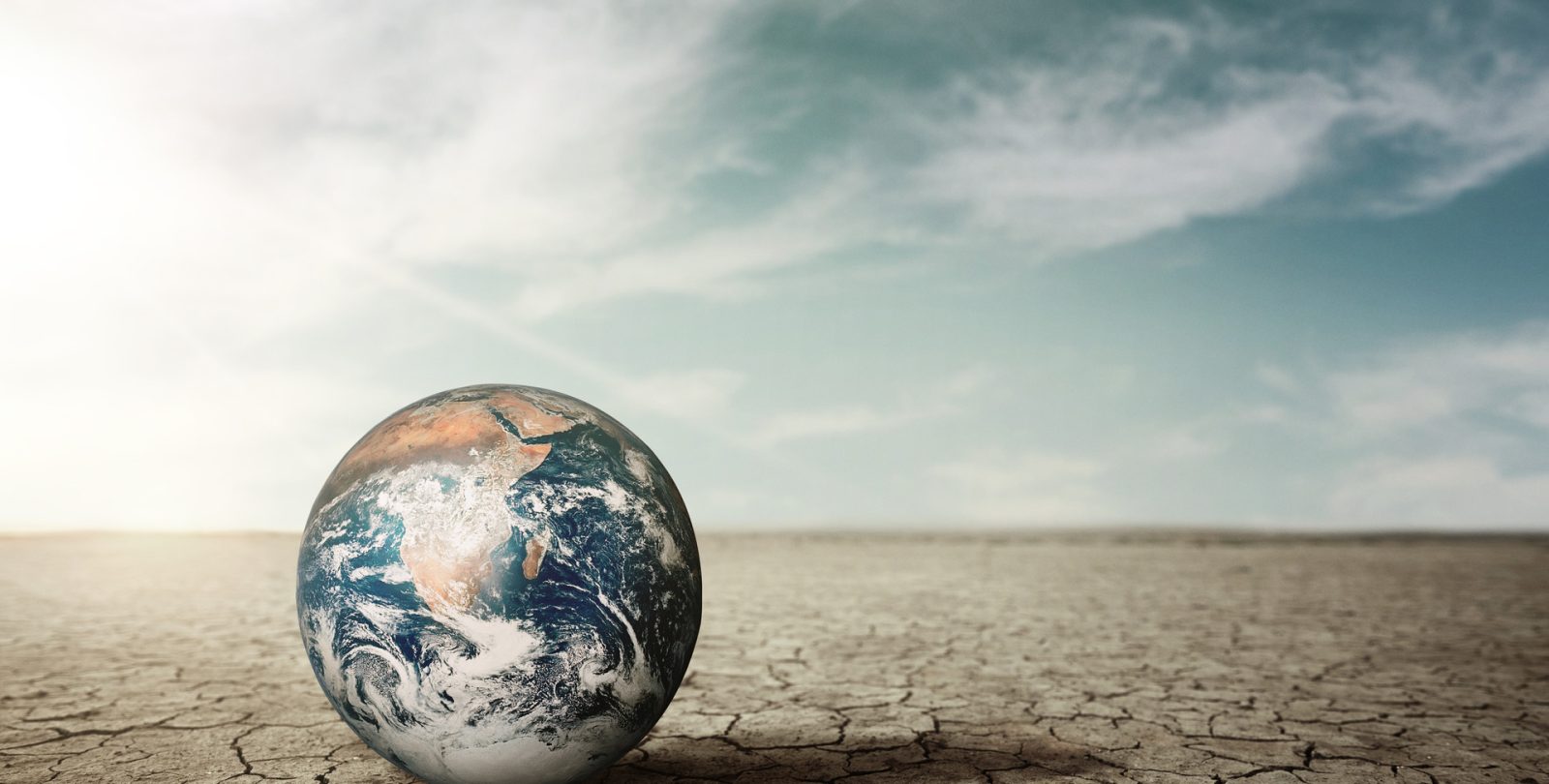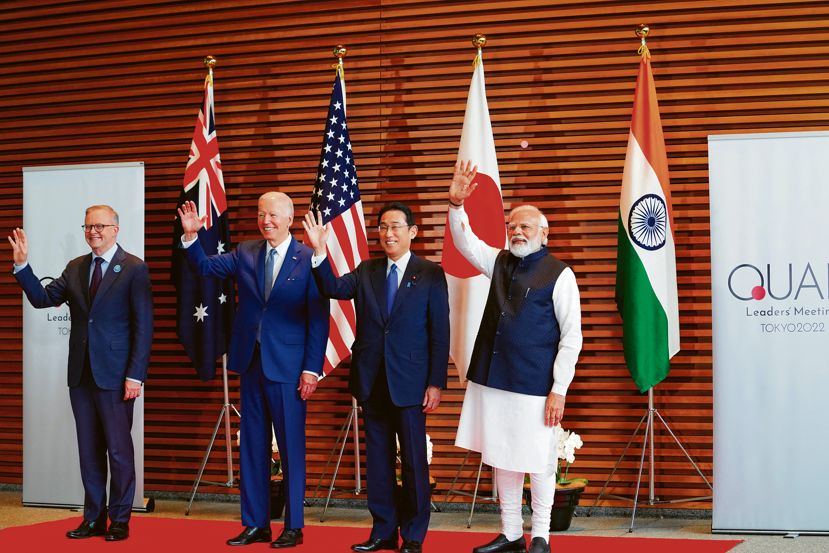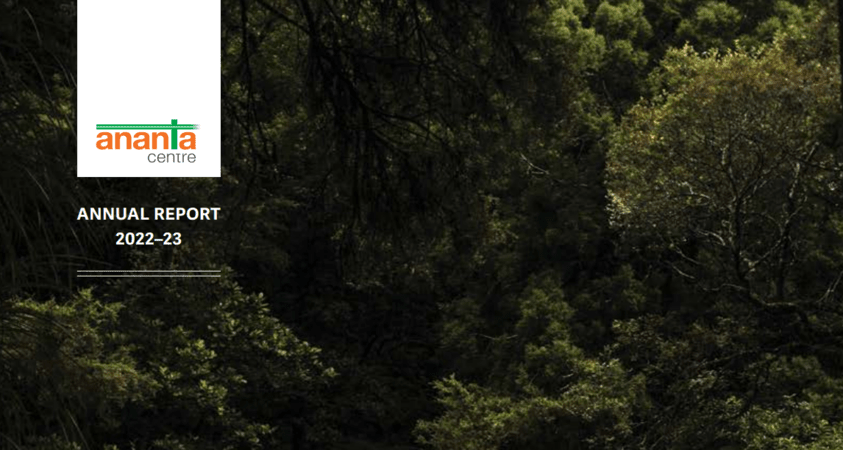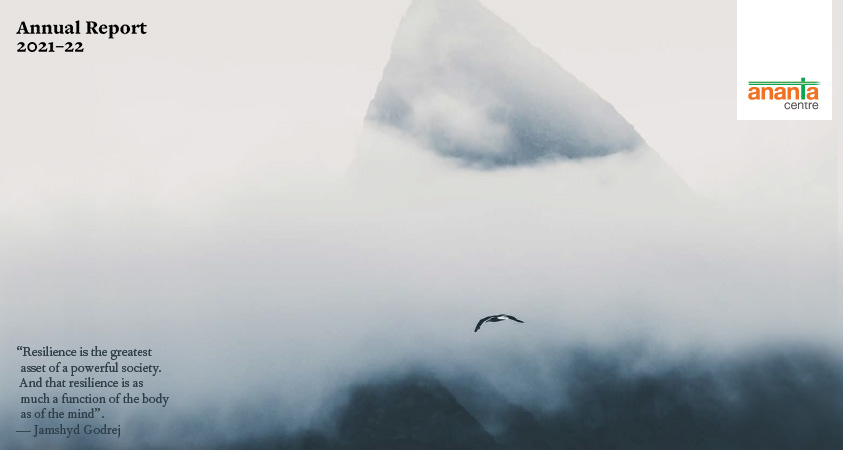MOZAMBIQUE LNG PLAN ON HOLD
Mozambique’s $24.1 billion Afungi liquefied natural gas (LNG) project received a major setback after French energy firm Total put construction activities on hold following renewed attacks by insurgents. Indian firms Oil India and ONGC Videsh together own a 30% stake in the terminal, the largest Indian investment on the continent.
Total closed down the terminal site and cancelled all construction contracts after a force of about 100 insurgents overran the nearby port of Palma on April 24. Hours earlier Total had announced the resumption of activities following the end of an earlier wave of insurgent attacks. Total has withdrawn all its staff from the site. The security situation “leads Total, as operator of Mozambique LNG project, to declare force majeure,” the company said in a statement. Project finance remains in effect and “Mozambique LNG has agreed with lenders to temporarily pause the debt drawdown.” The government claims its forces have since recaptured Palma from the insurgents, a shadowy Islamicist group called Al Shabab but unrelated to a Somalian namesake. Total’s announcement, say analysts, means there will be no more work on the terminal this year.
The LNG terminal is being built on the Afungi peninsula in Mozambique’s Cabo Delgado province. The four-year old insurgency has repeatedly disrupted construction and proven beyond the Mozambican government’s capabilities to handle.
The LNG terminal has been touted as potentially transformational for Mozambique, among the world’s poorest nations. LNG exports could earn the country $ 100 billion over the next 25 years. Five years ago, on the basis of the terminal’s completion, the International Monetary Fund had projected Mozambique’s GDP growth for 2021 as 38%. Instead it is likely to be 2.1%. Small and medium sized businesses in the locality say they have already lost $ 90 million since the Palma attack.
Mozambican President Filipe Nyusi has said his country would prefer not to have foreign military assistance to fight the insurgency for “sovereignty” reasons. Russian and South African mercenaries have been used to assist its forces with poor results. Mozambique seems to now be considering the deployment of a military force drawn from regional armies. The 16-nation Southern African Development Community (SADC) is considering an SADC military mission’s proposal to deploy as many as 2,500 regional troops to help Mozambique. A summit meeting in Maputo in late April was supposed to consider this option but has since been postponed after two leaders had to beg off. The SADC ministers “unanimously agreed on the need to act urgently as a collective, to quell the terrorist activities in Cabo Delgado.” Under the proposal, a regional military unit – presumably largely South African — supported by helicopters and a naval force of two ships and two submarines would be based out of the Mozambican port of Nacala. Mozambique is hoping the European Union or some of its member-states will provide financial assistance for the SADC force. But media reports say Nyusi is still reluctant to allow foreign troops. The most likely reason seems to be fears this would reveal the weakness of his regime and that the insurgency derives from Maputo’s misgovernance. Others believe the SADC is simply too weak an organisation to support a war effort.
Al Shabab, not unlike other insurgencies such as Boko Haram in Nigeria, has abducted about 1,000 young women while it carried out military attacks say reports based on interviews with survivors. The younger women are forced into marriages with the fighters, some are imparted Quranic teachings while others may be trafficked. A few women join the fighters and participate in attacks. The abducted women are kept in a string of camps across rebel held territory.
Blocked Paths. Mozambique controls a large portion of Africa’s Indian Ocean littoral and serves as a logistics gateway for a number of landlocked countries like Zimbabwe, Zambia, Congo and Malawi. But its transport system is bedeviled with infrastructure and administrative bottlenecks. A recent on-the-ground report found that along “the 1,833 kms from [the capital] Maputo to the Malawian border at Dedza we encountered 97 police and army roadblocks, being stopped at not fewer than 64 of them.” Potholed roads and overburdened roads makes it expensive to ship containers through the country. Moving a container through the port of Beira costs 10 times more than moving a container through Antwerp. It costs $ 6000 to move a forty-foot container from Shanghai to Beira, the report noted, but $ 9000 more to move it from Beira to the nearby Congo border. Beira, nonetheless, is growing as a hub. The Dutch-managed port handled 34,500 containers in 2000 and 260,000 in 2019. Only 85,000 were for Mozambican exports and imports, the rest were mostly for Zimbabwe, Zambia and the Congo. Malawi, for example, ships about 40% of its goods through Beira and 18% through Nacala. Transport corridors from South Africa and Tanzania handle most of the rest.
PRESIDENT DIES AT WAR
Chadian rebels and government troops clashed in the last few days of April, not far from where Chadian President Idriss Deby was killed earlier in the month. Chad’s military regime had claimed Deby died from wounds inflicted in the fighting with the rebels. If so, he will be the first head of government to die in military action in living memory. The regime has also arrested several hundred protestors in the capital for demanding democracy following Deby’s death. But the real danger lies with the Libya-based rebels of the Front for Change and Concord in Chad (FACT) who are moving in from Kanem, near the Niger border, and are about 300 kms from the capital. Chad is extremely important to the present Western-backed counterterrorism efforts against Islamicist groups in the Sahel region.
Deby’s son, General Mahamat Idriss Deby, has been declared the new leader of an interim military council and has promised elections in 18 months. France initially backed the military-driven transition but is now pushing for a civilian regime. The US has urged a lawful and constitutional transition of power – which the present arrangement is not. The rebels are largely drawn from the Goran tribe, while Deby is from the small Zaghawa ethnic group but is seen to lack his father’s skills at broad-basing the regime’s support base.
The elder Deby died just after securing a sixth term in a disputed election. He had beaten off a number of earlier rebel attacks on the capital, the last being in 2019, in part thanks to French air support. Paris has been the main external stabilizer for Chad and its willingness to support the son is seen as crucial. Chad’s primary export is oil, of which it produces 140,000 barrels a day, and India has been an occasional buyer.
First Female. Tanzania’s new President Samia Suluhu reached out to the opposition, vowing to defend democracy and basic freedoms. This was in contrast with the more autocratic rule of her late predecessor John Magufuli. Democratic rights as well as individual and press freedom “are important for stimulating development and peace,” she said in her first televised policy speech. Suluhu, Tanzania’s first female president in March, was vice president to John Magufuli at the time of his sudden death last month. Magufuli was known as “the Bulldozer” for his uncompromising governing style, this included harassing the opposition but also stringent anti-corruption moves that made him popular. Magufuli, however, was a Covid denialist and is suspected to have died of the virus. The opposition claimed he had secretly been flown to India for medical treatment before passing away. The more technocratic Suluhu has promised a “science-based” approach to handling Covid.
INDIAN MODEL
India’s investment profile in Africa was praised by the Economist and held up as a model for others. While not on the scale of China, Indian investment in Africa reached $ 13 billion in 2019. This was probably an underestimate given Indian firms’ use of subsidiaries in Mauritius or Indian-origin businessmen holding different passports to channel investments. What is striking about Indian investments is that they arouse none of the concerns about neo-colonialism or foreign exploitation that Chinese and Western economic activity does. This was attributed to a number of reasons. One, Indian investment is overwhelmingly private sector and only minimally with the support of the Indian state. It is therefore seen as lacking in any strategic or government-led agenda. The independence Indian firms show when it comes to New Delhi “contrasts favourably with the perception that Chinese ones will unquestioningly do the Chinese state’s bidding.” It helps that Indian firms are more likely to hire African labour or management, and source inputs from local firms, than their Chinese counterparts. Indian firms, a World Bank study in 2006 showed, bought only 22% of their machinery from India, about a third of Chinese figures, though recent studies indicate this practice is becoming less common among Chinese firms.
Racism in Delhi. African workers and students in New Delhi continue to struggle against endemic racism and discrimination. An article describes how Africans who once lived in southern Delhi localities like Khirki Extension, Chhatarpur and Mehrauli have begun shifting to west Delhi looking for “affordability and tolerance.” Tilak Nagar and Vikaspuri have seen large influxes of Africans over the past few years. In 2016 there were four incidents against Africans in Chhatarpur, events that led to African ambassadors protesting to the foreign ministry. Local residents remain unapologetic, with those in Rajpur Khurd, a Jat-dominated village still saying they intend to make the village free of all Africans. “The villagers have decided to ask all the remaining Africans to leave,” says Dilbagh Rathi. “Their lifestyle and culture is against our value system.”
Gupta ban. The Gupta brothers, a trio of Indians from Saharanpur, Uttar Pradesh, who are wanted in South Africa for their central role in a number of corruption cases, were among 22 individuals sanctioned by the United Kingdom under a new global anti-corruption regulation. Ajay, Atul and Rajesh Gupta and their associate, South African businessman Salim Essa, Sudanese businessman Ashraf Seed Ahmed Hussein Ali, and others from South Sudan, South Africa, Sudan and Russia were among those who now face sanctions and travel bans for their involvement in corruption.
Bank pulls out. Africa’s largest bank by value, South Africa’s FirstRand, said it would scale back its presence in India by converting its branch to a representative office. “Whilst it has proved difficult to build a meaningful in-country franchise, the Indian business has successfully focused on facilitating trade and investment activity in the Indo-Africa corridor,” the bank said, but this would require only a representative’s office to handle. Foreign banks struggle in India’s extremely competitive retail banking system.
CHINA CARRIER BASE
The newly expanded pier in the Chinese naval base in Djibouti is capable of handling one of its aircraft carriers, said General Stephen Townsend, commander of the US African Command. “Their first overseas military base, their only one, is in Africa, and they have just expanded that by adding a significant pier that can support even their aircraft carriers in the future,” Townsend said. “Around the continent they are looking for other basing opportunities.” Besides the base, one of the six berths in Djibouti’s Doraleh Multipurpose Port, owned by the China Merchants Group, is reserved for the Chinese navy. Djibouti, which overlooks one of the maritime chokepoints to the Indian Ocean, hosts a number of foreign bases including those of the US, France, Italy and Japan. In May 2020, commercial satellite images had shown a 1120 foot long pier at the Djibouti base “just long enough to accommodate China’s new aircraft carriers, assault carriers or other large warships.”
Lamu port. The Kenya Ports Authority announced that the China Communications Construction Company had completed construction of three berths in Lamu. Built on the Kenyan island of Lamu this new port will enter operations in June. A newspaper report described it as part of Beijing’s aim to “recreate an ancient Silk Road more than 600 years after Ming dynasty admiral Zheng He visited the area.” Zheng He’s fleet visited the Kenyan coast four times. Lamu’s deepwater facility will serve as a cargo transshipment hub for containers and oil cargo, complementing the main port of Mombasa. The $5 billion project is part of a broader $25 billion infrastructure scheme – the Lamu Port South Sudan Ethiopia Transport (Lapsset) Corridor – which will link Kenya with Ethiopia, Uganda and South Sudan. China Merchants Group has been among the most active infrastructure builders in Africa, having signed agreements in Djibouti, Nigeria and Togo, according to The Economist Intelligence Unit. In December, it signed a $350 million investment deal to revamp the Port of Djibouti and convert it into an international logistics and business hub. The final $ 3 billion project will integrate the port with a free-trade zone and business centre.
NANJING RACE RIOTS
Chinese treatment of Africans during the pandemic has led scholars to recall the large-scale 1988-89 Nanjing riots against African students, probably the country’s worst example of anti-black violence. The first known example of Chinese racial violence against Africans was in 1962, barely two years after the arrival of the first African students, when a Zanzibari was beaten up by hotel attendants. A few years later the Shanghai Textile Engineering Institute saw Chinese students attack Africans over their loud music and rumours a Chinese woman had been raped. “Sixteen foreign students were hospitalized, but as many as 50 foreigners and 24 Chinese may have been injured,” says one account. By 1980 there were cases of Chinese students putting up posters criticizing their government for inviting Africans. Similar circumstances led to attacks on Africans in Tianjin in 1986.
This paved the way for a series of mass protests and attacks against Africans in Nanjing in 1988-89 that involved hundreds of students on both sides and led to diplomatic issues for Beijing. The riots began when a few hundred Chinese students repeatedly attacked African students halls at Hehai University following rumours of women being abducted and a Chinese man killed by the Africans. Pitched battles were fought between the students and began to involve other universities. At one point the Chinese mob numbered about 6,000. Security forces eventually intervened, both to stop the Africans who were trying to flee and stop the Chinese students from violence. Beijing was curiously reluctant to confront its own students and rebuffed attempts by African diplomats to get some of their students freed from detention. “African diplomats had no success in trying to work with the Chinese authorities,” said one account. Smaller copycat attacks and riots broke in out in other cities. Beijing’s main accomplishment was to ensure none of the events were mentioned in the local and even international press. There continue to be widespread local prejudices against Africans, a belief they are dangerous, unhygienic and predatory towards Chinese women.
CLIMATE SUMMIT
Of the 40 world leaders who attended US President Joe Biden’s virtual Leaders Summit on Climate, five were from Africa. These included President Ali Bongo Ondimba of Gabon, arguably the leading African voice on climate issues, who has committed his oil-exporting country to preserving its rainforests and shifting to renewables. Cyril Ramaphosa of South Africa pledged to move forward his country’s carbon peak and decline target years by a decade. South Africa, the largest carbon emitter of the continent, depends on coal-fired thermal plants for 90% of its power needs. Ramaphosa’s pledge effectively means the country will build no more coal plants. President Uhuru Kenyatta of Kenya and Nigeria’s Muhammadu Buhari come from regions that will be among the worst affected by climate change and look forward to Biden’s promise of ensuring large scale grants and aids to help pay for adaptation and mitigation policies and other development goals. The government of Félix Tshisekedi of the Democratic Republic of Congo is unusually weak, but the Congo is a major carbon sink. The country’s Cuvette Centrale peatlands contain 30 billion tonnes of carbon. Its huge rain forest is threatening to shift from being a carbon sink to a net carbon emitter.
CYBER ISLAND
Mauritius is ranked sixth in the world by the Global Cybersecurity Index and is the leader of cybersecurity in Africa. Its accomplishments arise from two decades of deliberate policy to be a major regional financial and digital force. The emphasis on cybersecurity and information technology flows naturally from Mauritius’s standing as a offshore financial centre. In 2003 the government launched a Cyber City Project, with the assistance of the Indian government, to make the country attractive to financial technology and software firms. Kaleem Ahmed Usmani of the country’s Computer Emergency Response Team says the government’s vision “was to make the country a ‘cyber island’ in which ICT would become the fifth pillar of the economy after sugar, textiles, tourism and financial services.” The Cyber City Project today stretches over 62 hectares and has five distinct economic silos.
OSCAR AND ARSON
An African documentary “My Octopus Teacher” won the Oscar for best documentary. It derives from a personal video project by South African filmmaker Craig Foster to film a female octopus over a long a period of years. He became personally impressed by how she fashioned tools from shells, hid in kelp to hide, outwitted a shark, played and kept changing her hunting techniques. “This really is a tiny personal story that played out in a sea forest at the very top of Africa…I hope that it provided a glimpse of a different kind of relationship between human beings and the natural world,” one of the other directors said.
A wildfire has destroyed the University of Cape Town’s historic African Studies collection, described as “unique in the world.” The university’s Jagger Reading Room was a mecca for Africanists because of its astounding collection of works. “There’s nothing left, all the books, the history, all gone. It’s going to take a long time to rebuild it. I think the main thing is the history,” said caretaker Shurud Jacobs. The library’s African Studies collection consists of around 65,000 volumes, 26,000 pamphlets, 3,000 African films, and 20,000 other audiovisual items. Some of the works date back to the 1500s to the present. The specialist book collections include an original Rudyard Kipling and an Antarctic collection.




